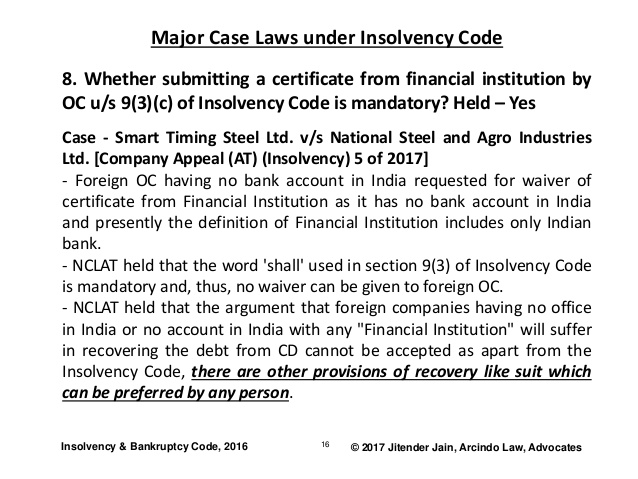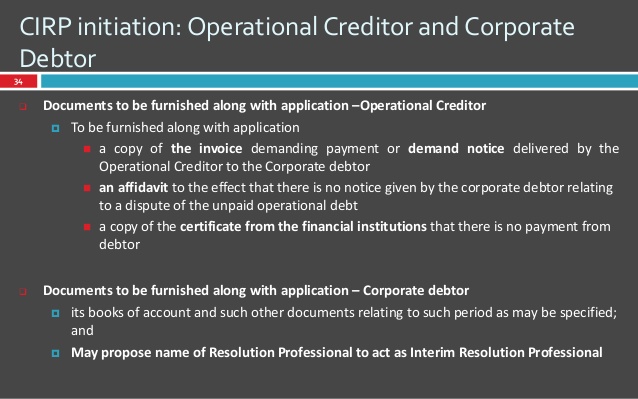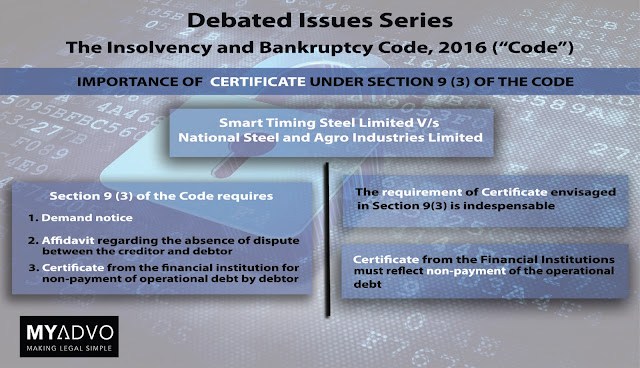How to Attain Competitive advantage Through Innovation
WHAT IS AN INNOVATION?
Innovation is a new idea or notion that result
in a new service or product. Innovation can make a great impact on the
purchase, usage and disposition styles.
- For
instance, Microwave ovens have transformed the manner we cook.
- Text
messaging and email has transformed the manner we interact.
- Digital
cameras and mobile phones have transformed the manner in which we take photos
and exchange them with our friends.
- Reusable and recyclable packaging have
transformed the awareness on recycling the products.
- For
disposing of the scraps or unwanted products or used products, now on-line sites
such as Craigslist, eBay and Freecycle offer innovative means for consumers.
“Why innovation is seen
as a core competency in relation to competitive advantage and how this relates
to the current highly competitive state of the global event industry?”
The main
aim of each business organisation in today’s highly competitive atmosphere is
to overthrow competition by winning new customers. Those businesses which are
owners of knowledge symbolise a tool for the creation of innovations. As per
Hana (2013), nowadays business organisations find it significant to innovate
and encourage an innovative culture.
According to him, knowledge too is very critical in the process of
innovation since it symbolises not only significant but also the output of the
alteration progression. According to Bartes (2009), the 21st century is footed
upon information, knowledge and state-of-the-art economy.
Today, if an organisation wants to be a
success, it has to rely on knowledge of the employees, their creative function
and with more relevance is imposed on uninterrupted learning and research and
development. Tushman & Nadler (1986) pointed out that business
organisations can reap competitive benefit only by managing the business
effectively today while concurrently fostering creative for tomorrow. (Tushman
& Nadler 1986:74). Thus, for any business, innovation is still visualised
as a major driver for economic performance. As per Tidd et al., (2006),
business owners who tries to employ technological innovation for manufacturing
a new or novel product or service or by using a new process in the course of
their manufacturing process, definitely will attain a strategic competitive
benefit as compared to its competitors (Hana 2013:82).
As per
Global Innovation 1000 study (2011), 7 of the top 10 innovating companies were
not actually top spenders of innovation. However, these top 10 innovators are
able to maintain a good financial performance than the top 10 R&D spenders
(Jaruzelski & Mainardi 2011).
The
following table demonstrates how the top 10 most innovative companies like
Google, Apple, 3M, Toyota, GE, P&G, Microsoft, Intel and Samsung are expending.
INNOVATION HELPS TO INCREASE THE NETWORTH
The
following figure shows how the top 10 innovating companies noteworth
outstripped their peers on the Global Innovation 1000 list on the major three
major financial metrics such as revenue growth, market cap growth and the
EBITDA as % of revenue. Thus, innovative
companies are able to expand their growth in revenues, market cap growth and an
increase in EBITDA .
“The four key dimensions
of innovation: Product, Process, Position and Paradigm offering events industry
examples of each.”
At the
phase of product development, a capability to involve actively with the
consumers to demonstrate the soundness of the concepts and to evaluate market perspective
and risks and the capability to clout the present product podiums into new
products .
Xerox Innovation
PROCESS DEVELOPMENT
Process
development stage takes many phases. For instance, Xerox introduced the first
ever copying machine in 1949 which had to be operated by the experienced
operators manually. Xerox later resorted to processing enhancement and market
switching by introducing lithographic plate printing. In 1955, Xerox introduced an automatic
version of its copier, and in 1958, it introduced advanced copier machines with
after sales services. Thus, for Xerox, it took nearly one decade to improve its
process
POSITIONING
Positioning
involves placing the invented process or product in a particular context. It
refers to how a particular process or product is comprehended symbolically and
how they are employed. For instance, Levi-Strauss jeans are a well-known
international product which originally produced as clothing material for manual
workers then re-branded as a fashion item (elrha.org 2015).
Paradigm innovation
Paradigm
innovation refers to the whole sector paradigm-footed innovations which relate to the
mental replicas which outline what a business is about. The emergence of
community –oriented feeding therapy to eliminate malnutrition is the recent
illustration of paradigm shift of innovation as it involves a mixture of a
product which is PlumpyNut, a distribution for the whole community (the
process), the absence of the role of aid agencies (a paradigm shift) and
involving communities to offer a solution to handle the malnutrition at home
itself (elrha.org 2015).
At
commercialisation phase, a capability to function with the pilot users to phase
out the products more methodologically and to coordinate across the whole
organisation for an efficient launch (elrha.org 2015).
“The Consequences for
not innovating.”
As per
Joseph Schumpeter, the business failures are triggered by incidents which are
external to the business. There are many business failures mainly due to
constant soaring in the market competition which is triggered by innovation.
There will be creative destruction if a business fail to innovate and to swim
along with its competitors. Some of the businesses that failed
not to invent are Xerox, Yahoo, Blackberry, MySpace, Polaroid and the whole
publishing industry
Innovation
is like oxygen for any organisation whether it is a small or big one. Business
organisations which do not innovate may lose their position in the market. Many
companies who do not innovate had disappeared from the market, and the examples
are Xerox, Yahoo, Blackberry, MySpace, Polaroid and the whole
publishing industry. There are many advantages for the firms that innovate. As per Global
Innovation 1000 study (2011), 7 of the top 10 innovating companies were not actually
top spenders of innovation. However, these top 10 innovators are able to
maintain a good financial performance than the top 10 R&D spenders
(Jaruzelski & Mainardi 2011). This demonstrates that if a business
organisation wants to grow both vertically and horizontally, it has to innovate
and this is needed for their survival and to outperform their competitors.















